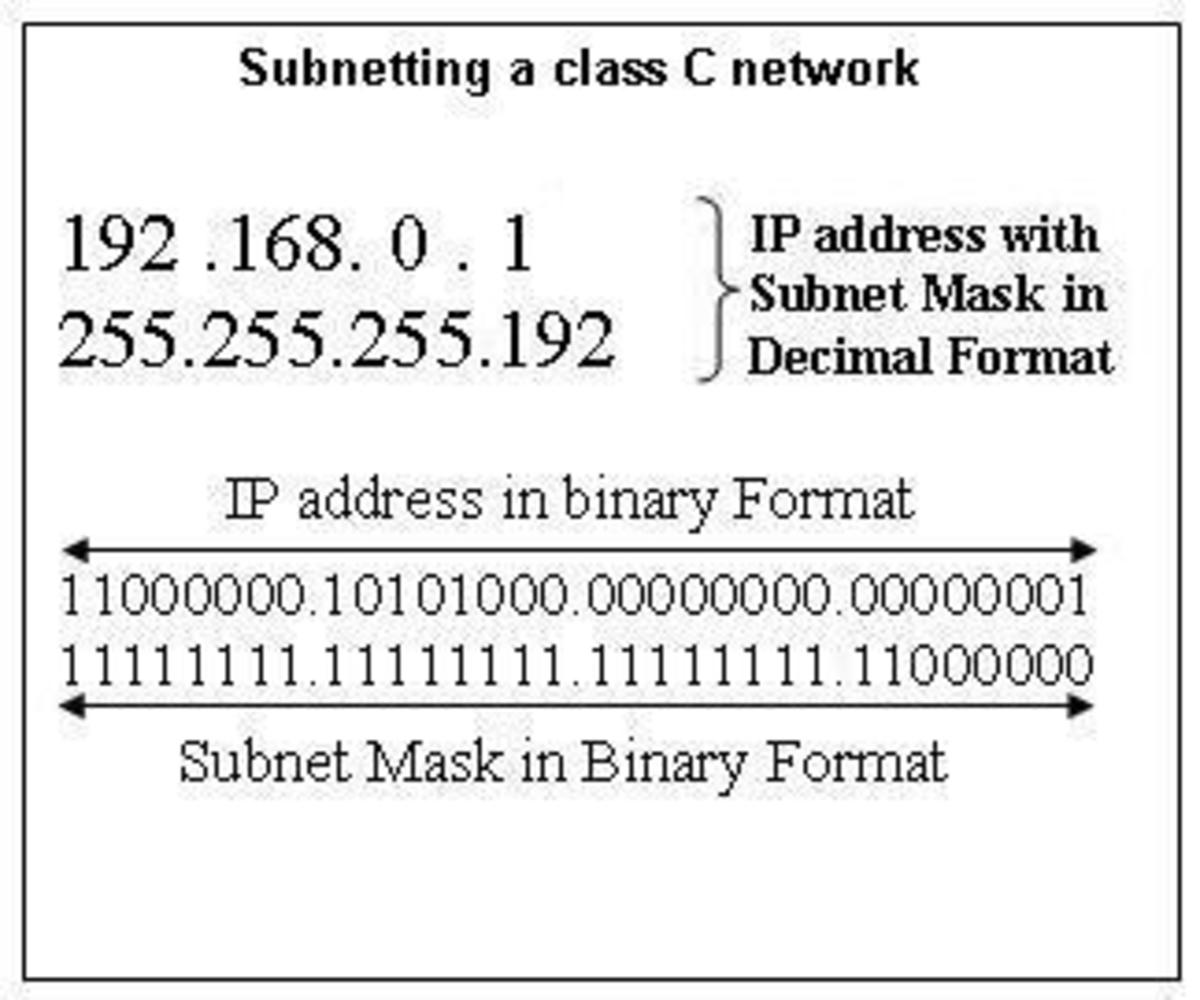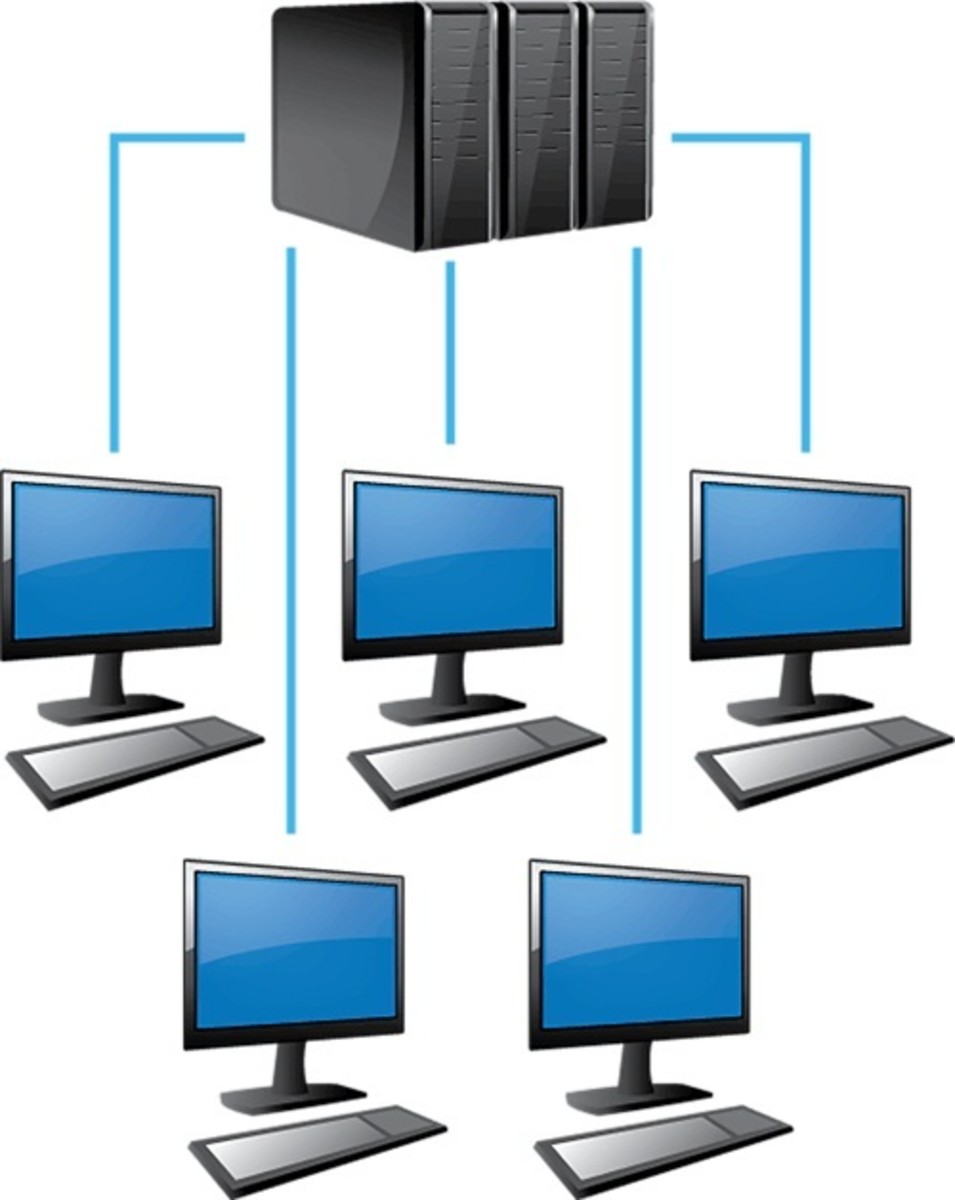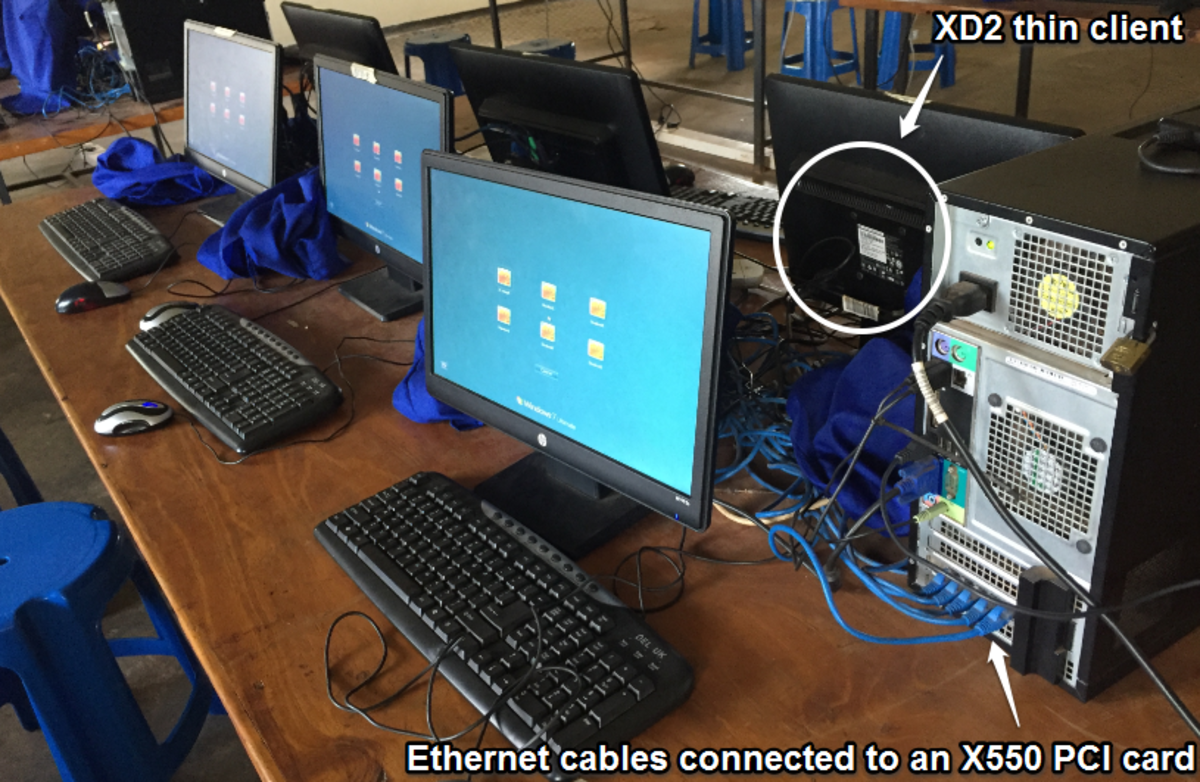- HubPages»
- Technology»
- Computers & Software»
- Computer How-Tos & Tutorials
MPLS & Point to point networks

MPLS & Point to point networks
MPLS & Point to point networks
Virtual Private Networks with point to point MPLS is an ideal for large business entities that have highly sensitive data to transmit across its business units and also comply with HIPAA guidelines. MPLS uses a standards based technology and is considered to be the “Jack of all trades” or a “Swiss Army Knife” kind of protocol in the telecommunications industry. It supports many different protocols and encapsulates all kinds of services into its ambit.
The MPLS point to point network is a private network with a guarantee of bandwidth and performance. The service provider offers a quality of service or QoS to the client. In this offer of guarantee it is different from the Internet which does not the guarantee and is a public service. VOIP telephone and video conferencing services therefore, get the latency and jitter that they require for optimum performance.
MPLS point to point networks interconnect the different business locations via controlled access settings. This makes the VPN exclusive and secure. All packets transmitted are attached with specific labels and not IP addresses. Encryption can be added to enhance security during transmission.
MPLS point to point networks are often described as a cloud that is accessible from many locations. This can be set up for a single point to point connection, a hub and spoke replacement for central offices serving remote locations or a fully meshed network, in which every remote site can connect with every other remote site. This arrangement can be specified at the time of setting up the network and locations can be added, modified or deleted over a period of time without resorting to rewiring. The network merely gets reprogrammed to meet your new service requirements.
MPLS point to point network is a multi protocol label switching network that was intended to solve the problem of bridging multiple disparate protocols such as Frame Relay, ATM and Ethernet. Many carriers have also deployed IP/MPLS core routers to support legacy networks cost effectively. The technology brings with encapsulation techniques that provide for internet working between different technologies coupled with signaling protocols that are required for discovery, configuration and management of connectivity. The technology also uses resiliency protocols such as Fast Reroute and Bi directional Fault detection to identify failures and switch to standby links. MPLS networks also come with multi service platforms that support legacy port options. This network also has the scalability of ATM with scalability of packet networks. The network is flexible, highly available and supports multi service providers.
MPLS point to point network offers cost reduction by creating a convergence of networks. Frame Relay, ATM, Ethernet and IP networks can be deployed from a single infrastructure and this will result in the reduction of capital outlay and operational expenses. It is estimated that this brings with it a 40% reduction in costs.
MPLS point to point networks allow for an integration of voice, video and data services. The networks traffic management capabilities allow all these different services to be managed from a common backbone.
The above mentioned strengths of this point to point network along with the popularity of MPLS core networks accounts for it being the logical choice in metro networks.If you are a business and would like to receive a quote from many carriers or more information please visit http://mpls-ietf.com
An article on The Point to Point Protocol can befound at http://ds3-t1.com/news/point-to-point-protocol.html








